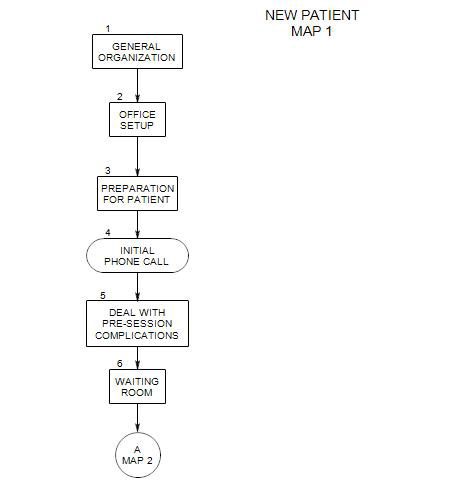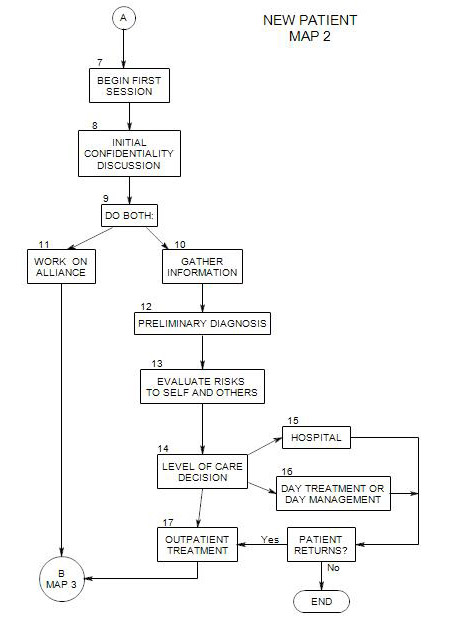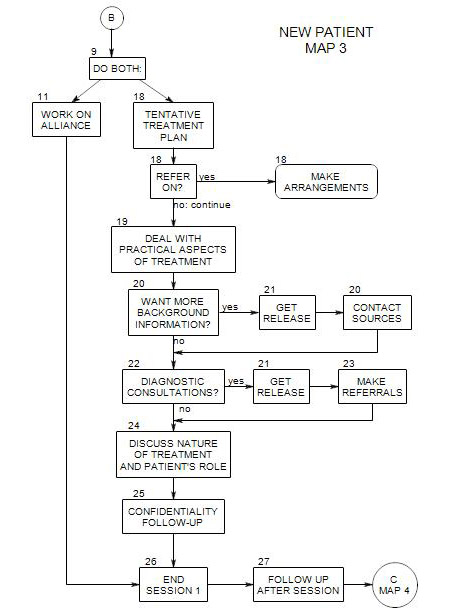-
Follows from Section 14: Level of Care Decision
Appears on Map 2
Commonly a long-term care option for recovering addicts and severely depressed individuals, possibly as a sequel to hospitalization
16a. Kinds of Treatment Offered
16b. Making a Referral
Typically this is done by hospital staff at the time of discharge from inpatient care.
In fact, this is not usually an option available for an outpatient therapist to select, especially if treatment is to be covered in part by insurance. Insurers want anyone who needs this level of care to be stabilized first in an inpatient setting.
16c. Choosing a Day Treatment Program
16d. Coordinating Treatment
If you have maintained contact with hospital staff while your patient is there, it is likely that they will pass along your name to any day treatment program he/she is subsequently referred to. It may fall to you to follow up on any such referral, however.
A day treatment facility may or may not welcome your participation in their program or your involvement with the patient while under their care. These are issues you will need to address with them.
They also may or may not return the patient to you at the end of their work with him/her. If you wish the person to return to you, the matter should be taken up with treatment staff while your patient is there.



